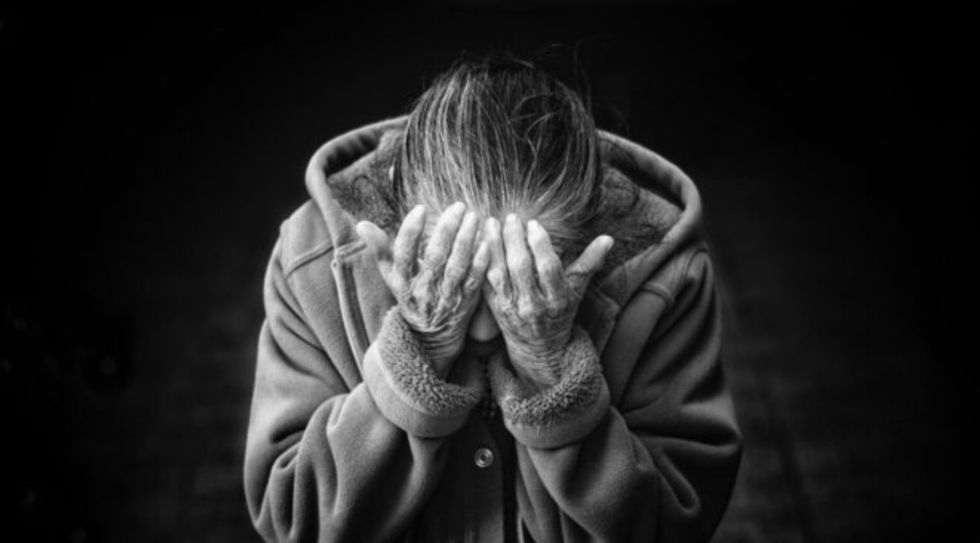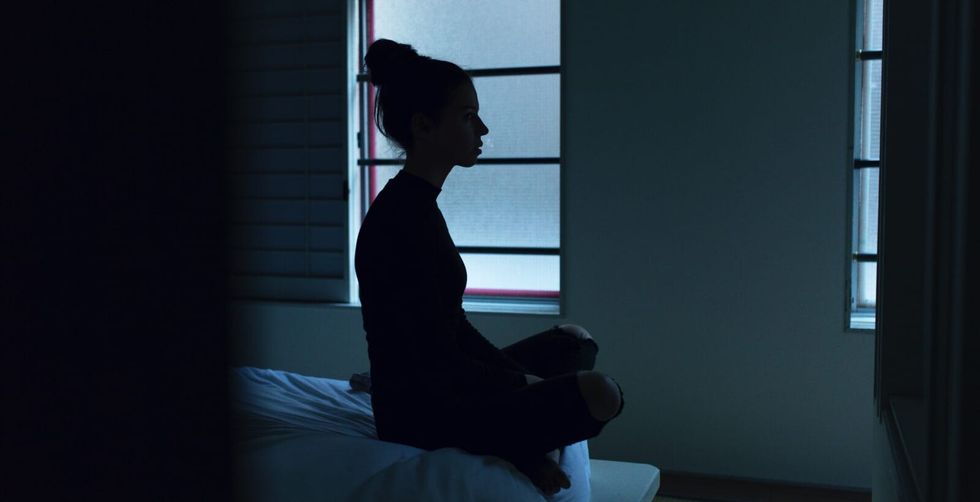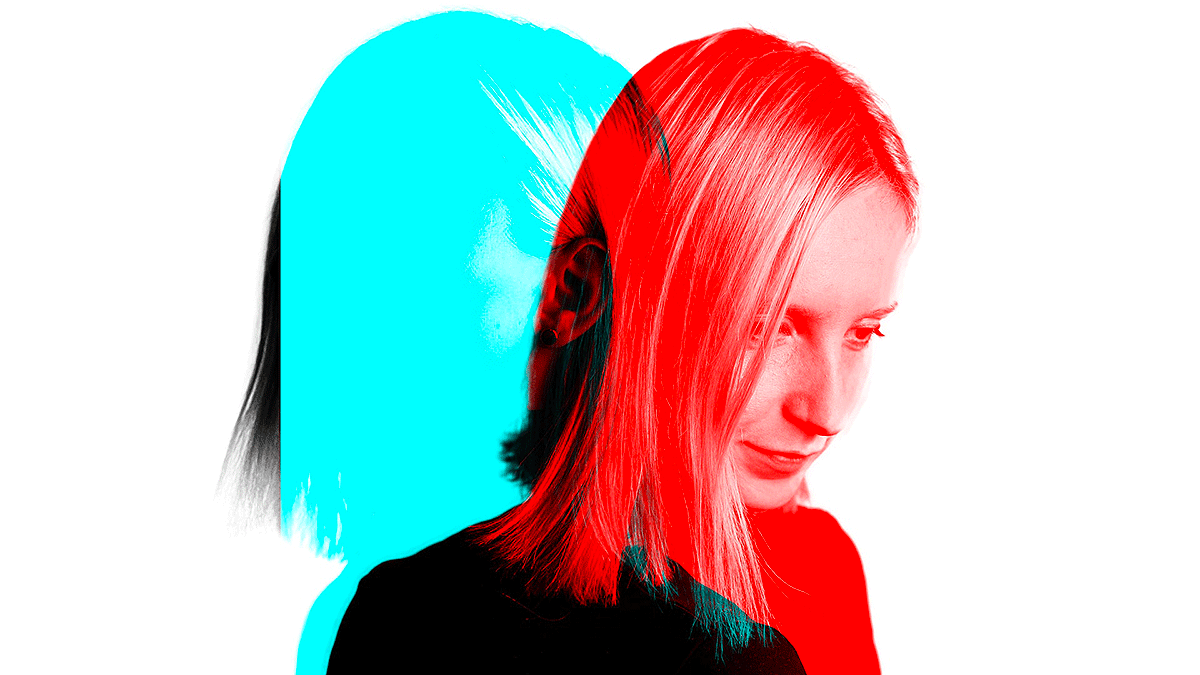The Stages Of Grief: A Guide to Understanding Your Feelings
Grief is a feeling many people will experience in life.The emotional pain can come in the form of losing a job you really enjoyed due to layoffs, losing someone close to you, the end of a toxic, long-term relationship, and many other instances that can cause profound sorrow.Processing grief is also a very personal thing. You may cry, feel incredibly angry, withdrawn, or subdued.None of these emotions are unusual.But how can you better understand this feeling of loss and change after experiencing it? Here at Goalcast, we spoke with Dr. Holly Schiff, a Greenwich, Connecticut-based clinical psychologist at South County Psychiatry, about the stages of grief, its duration, and how to navigate those feelings in your daily life.What Are The Stages of Grief? In 1969, Swiss-American psychiatrist Elisabeth Kübler-Ross released a five-stage model for grief in her book On Death and Dying. Those five stages are made up of the following: denial, anger, bargaining, depression, and acceptance.Kübler-Ross’ model was initially created through her work with terminally ill patients.There was some debate and controversy surrounding the model as a result of people researching the model and believing there was a specific order people were supposed to grieve. However, each person experiencing grief does so as an individual. Due to their uniqueness, they may only go through some stages of grief instead of all.Below are those five stages of grief, as explained by Dr. Schiff.Demeter Attila/ PexelsDenial The denial stage essentially helps people “survive the loss” they experience because they are “living in a preferable reality” instead of “actual reality.”“Denial and shock actually help you cope and survive the loss you are grieving, almost acting as a defense mechanism,” Dr. Schiff says.“Once that initial denial and shock start to fade, you can start to heal since the feelings you were suppressing are now coming to the surface.”AngerWhile experiencing anger, Dr. Schiff explains that you question why this is happening to you.“You may actually redirect your anger to close friends and family and look to blame others,” she says.Dr. Schiff also notes that anger is imperative in the stages of grief and is encouraged to be felt.“The more you allow yourself to feel it, the more quickly it will dissipate; don’t suppress your feelings.”BargainingIn this grief stage, you don’t want to let go of “hope” in a situation where you feel “intense pain.”“You think you can avoid the grief through negotiation since you are so desperate to get your life back to how it was prior to the loss. You may also feel guilt during this stage.”DepressionIn this stage of grief, you start to “feel intense sadness and despair.”“You start to face the present reality and feel intense sadness and despair. This is a natural and appropriate response to grief,” Dr. Schiff says.“You may withdraw from life, not want to get out of bed or see your friends and family; you might even experience suicidal thoughts during this stage.”AcceptanceThe final stage in the grief stages model is acceptance.Although you aren’t okay with what happened, you learn to acknowledge “the loss” and learn to cope with life as it is.“Your emotions will begin to stabilize, and you come to terms with the fact of what your ‘new reality is,” Dr. Schiff says.Rachel Claire/PexelsAre There Additional Stages of Grief?Alongside the five stages mentioned above, other known models highlight grief.One of those popular models contains seven stages. Check them out below:The Shock And Denial StageIn this stage, you will be in complete and utter disbelief that this has happened to the point where you almost treat it like it isn’t a reality to avoid the pain.The Pain And Guilt StageAfter the shocking revelation, it is replaced with feelings of unbearable pain.You may have regret about things you have or should have done with the loved one.Sometimes, especially in the case of an affair, the realization also starts to set in that the choice could have been put to a stop, thus preventing any pain.The Anger And Bargaining StageFeeling defeat and frustration also leads to anger. Sometimes that anger can also lead to unreasonably pointing the blame at someone for the death. During this time, do you’re best to manage that, as it can cause your relationships to be altered to the point of no return.You may also feel like you want to push back on fate, questioning, “Why did this happen to me?” The Depression StageIn the depression stage, you begin to truly understand the significance of the loss, which is saddening.You may self-isolate and also reflect on times with your loved one, focus on the past, and feel a bit empty or in turmoil.Alison Leedham/PexelsThe Upward Turn StageAt a point, you start to learn to maneuver in life without your loved one, and things become a bit calmer.Physical symptoms of the pain lessen, and the depression starts to ease up a bit.In this stage, you’ll start to see a silver lining in your life which is a positive step in the right direction.Reconstruction And Working Through StageOnce your mind starts to be fully present and you function better in daily life, you will be seeking genuine solutions to issues that life throws your way without your loved one being there.The Acceptance And Hope StageIn this last grief stage model, you start to genuinely accept and live with the reality of what happened in life. Still, accepting the outcome doesn’t guarantee instant joy.With the heartache you have experienced, you will never be the exact carefree person you were. But you will find a way to move forward and be optimistic about the future.How Long Do Grief Stages Last?Grief is distinctive from person to person. However, these differences can sometimes be viewed as grieving the wrong way. But Dr. Schiff says, “there is no specific timeline or timetable,” as everyone is on a different path.“It is important to remember that coping with a loss is a very singular and unique experience [for] each person.”Additionally, Dr. Schiff says the brunt of the symptoms “tend to peak at six months,” but following the first year after the continued “loss,” “feelings ebb.”“Give yourself the time you need to recover,” she adds. Do The Stages Of Grief Happen In Any Particular Order?Grief is not necessarily a process that happens in chronological order. Dr.Schiff notes that you can go “between the stages,” which can even result in feeling that you are doing through several at once “as you cycle through a variety of emotions.”“ It doesn’t have a clear beginning and an end, it is a process that we endure, and the only cure for grief is to grieve. So don’t be concerned if you do not feel a certain stage of grief. Everyone mourns differently,” she says.Mental Health Conditions And GriefGrief can definitely pose a threat to mental health and wellness, so it’s essential to look for help and lean on loved ones for aid.But if those in mourning are consumed to the point that they can’t lead their day-to-day lives, it can lead to more complications.“If the bereaved [are] so overcome that they are unable to carry on with their lives after the loss, this becomes pathological; or that the persistence of grief reactions are exceeding what is normal,” Dr. Schiff says.“It becomes clinically significant when the symptoms interfere with your daily functioning, and you have challenges meeting social, occupational, and other important life functions. “If you remain preoccupied with the death or deny the death and actively avoid reminders of the person you lost, you may be trapped in grief, and it is intensifying,” she continues before suggesting professional health or getting involved in a “support group” as ways to cope if grief feels like it’s “taking over your life.”Liza Summer/PexelsProlonged Grief Disorder The grieving process is an ordinary reaction to the loss of someone closest to you.And over time, the feeling of grief can start to subside.But that’s not the reality for all.Some people experience an extended period of grief, with symptoms that are extreme enough to cause mental health conditions such as prolonged grief disorder.This can make it hard for them to do their best in life. Prolonged grief disorder is identified as a continuous feeling of grief that causes disruptions in everyday life.Symptoms Of Prolonged Grief DisorderSomeone suffering from prolonged grief disorder could experience a longing for someone who has passed away or becomes absorbed in the thoughts of the individual in question.In both children and adolescents, that preoccupation of thoughts may focus on the situation surrounding the death.The person experiencing grief may also face anguish or issues tending to work obligations, taking care of the home, and more.How You Can Help Someone Who Is GrievingK. Mitch Hodge/UnsplashThe grieving process can be a bit challenging for many, especially when dealing with complex emotions.And the healing process is not that much different. However, with a bit of encouragement and empathy, you can help others begin to understand and cope.“Acknowledging that the process will not be linear and that it is a messy jumble of highs and lows, ebbs and flows, steps forward and backward helps you realize that you can’t control the process. So then you can start to focus on the things you can control,” Dr. Schiff says.“It’s important to understand that grieving comes in waves, and in order to grieve properly, give yourself the time and space to grieve whenever, and however it decides to present.”Dr.Schiff further notes that self-care can help make the process smoother.“Taking care of yourself, physically, mentally, emotionally, spiritually is vital to our psychological well-being and ability to cope with stressors and manage feelings of grief,” she continues.Additionally, Dr. Schiff suggests that receiving support from those closest to you can make a world of difference.“Getting support from others during a time of grieving is also going to make the process easier. This can be through empathetic friends, other family members, professional help, or bereavement support groups – so you know that you are not going through this alone. Keep your loved ones' memory alive and create whatever rituals you feel will best honor the deceased.”Resources For People In Stages of GrievingGrieving can be a tumultuous time, but th there are resources available that can help you as you continue your healing process journey.Sometimes, you may need immediate telephone communication over the phone to seek help about the feelings you’re experiencing. That’s where hotlines come in. Some of those hotlines include Depression Hotline and the Suicide Prevention Lifeline.And if you’re looking for resources on the go, smartphone apps such as Grief Works, Actively Moving Forward, and Untangle, to name a few can be a great help.The Grief Works app is based on the book Grief Works: Stories of Life, Death, and Surviving by English psychotherapist Julia Samuel.It has some interactive tools and activities such as meditation, breathing exercises and more. There is even a personal journal feature so you can write down your thoughts about healing.Actively Moving Forward is a fabulous app for those who want to talk with open-minded people and connect with others in the grieving stages.The app also highlights events and communities you can join to build bonds with people.The Untangle app is welcoming and has a sense of community to help you not feel alone on your quest for healing.Similar to Actively Moving Forward, you can connect with people who are experiencing something similar to you. There are also trained experts available to help and chat with you if you need them.The app further provides services such as finding a therapist and getting in contact with a funeral director and things in between that you would consult during rough times.





























